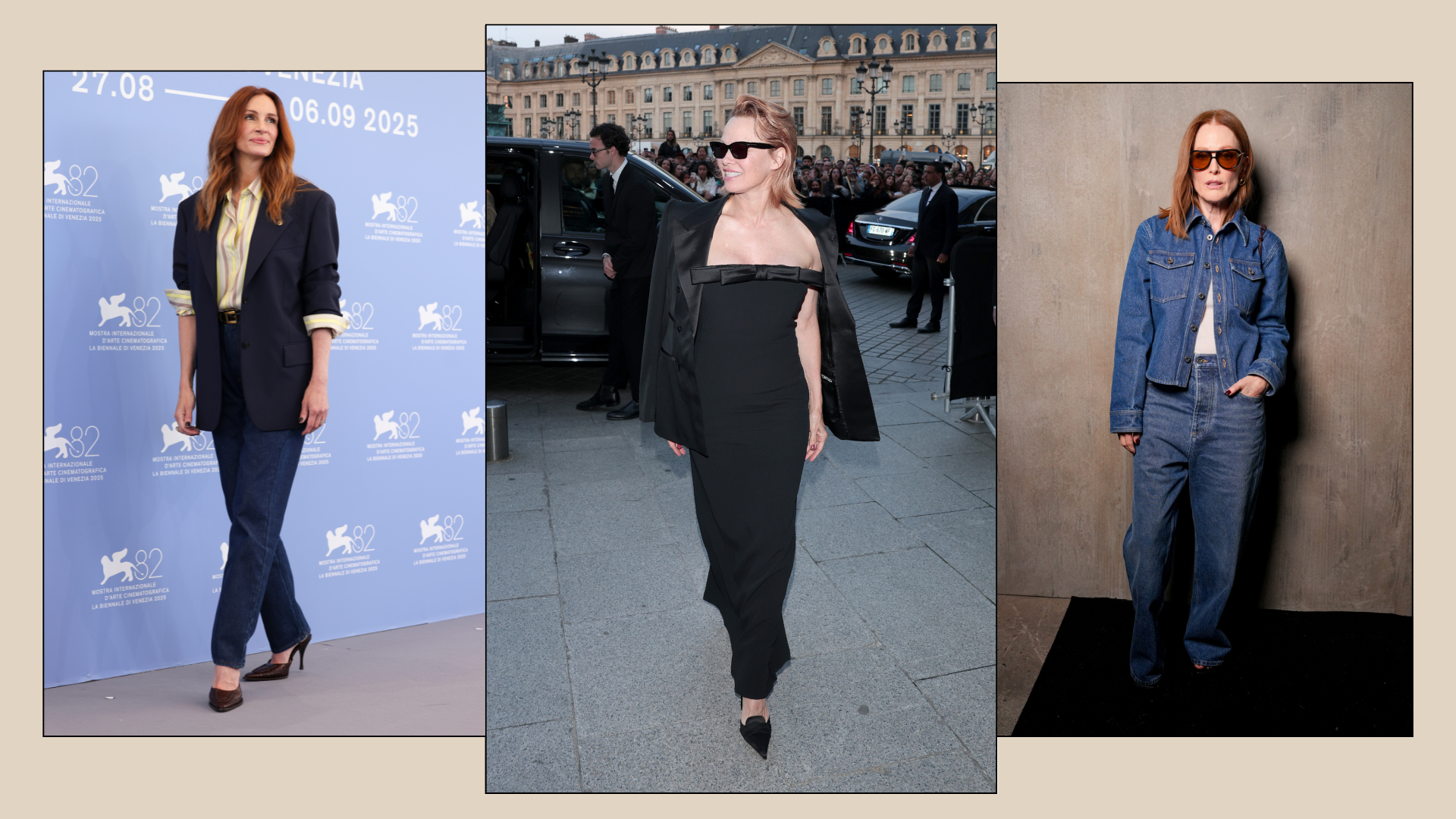15 fashion mistakes that ruin first impressions

I used to believe that torn jeans at a board meeting represented creative genius, that wrinkled shirts showed you were too busy changing the world to care about appearances. Then I watched a brilliant colleague lose a million-dollar deal because the investor couldn’t get past his flip-flops.
We live in an era that celebrates authenticity over artifice, where tech billionaires wear hoodies to congressional hearings and fashion rules feel as outdated as fax machines. Yet after spending two decades navigating corporate corridors, startup pitches, and social gatherings across continents, I’ve discovered something unsettling: those first seven seconds when someone forms their initial impression of you aren’t governed by your resume or your ideas, but by a complex visual algorithm we’re all unconsciously running.
The fashion mistakes that truly sabotage first impressions aren’t the obvious faux pas we’ve been warned about since childhood. They’re subtler, more insidious, and often committed by people who think they’re above such superficial concerns.
1. The Overconfidence of Underdressing
Mark Zuckerberg made the gray t-shirt famous, but what works for a billionaire CEO doesn’t translate to the rest of us mortals. I learned this the hard way at a publishing conference in London, where I showed up in my “creative professional” uniform of black jeans and a vintage band tee, only to find myself surrounded by people whose casual elegance made my outfit look less “artistic rebel” and more “lost tourist.”
The mistake isn’t just about being underdressed; it’s about the arrogance of assuming that your perceived intelligence or talent will override visual cues. Research from Princeton shows that people form judgments about your competence, trustworthiness, and status within milliseconds of seeing you. Your outfit speaks before you do.
This doesn’t mean abandoning personal style for corporate conformity. It means understanding that intentional casualness requires just as much thought as formal dressing. The difference between looking effortlessly cool and simply effortless often comes down to fit, quality, and context awareness.
2. The Brand Logo Broadcasting Station
Walking through Manhattan’s Financial District, I spot them everywhere: professionals whose bodies have become billboards for luxury brands. The Gucci belt buckle the size of a small plate, the Louis Vuitton monogram repeated ad nauseam across a handbag, the Balenciaga logo stretched across a chest.
There’s a peculiar irony in how visible branding often signals the opposite of what the wearer intends. Instead of conveying success and taste, it can suggest insecurity and nouveau riche anxiety. The truly wealthy, I’ve observed at enough charity galas and private clubs, tend to prefer whisper-quiet luxury – impeccable tailoring and quality that doesn’t need to announce itself.
The mistake runs deeper than mere tackiness. When your clothes scream brand names, you risk being reduced to those brands yourself. Your personality, achievements, and character become secondary to the commercial messages you’re broadcasting.
3. The Shoe Blind Spot
A senior partner at a prestigious law firm once told me she could predict a candidate’s attention to detail by looking at their shoes during interviews. I dismissed this as old-fashioned snobbery until I started paying attention.
Scuffed leather, worn-down heels, and dirty sneakers tell a story about how we view completeness and care. It’s not about expensive footwear – I’ve seen impeccably maintained $50 shoes make better impressions than neglected $500 ones. The state of your shoes reflects whether you follow through on details or abandon projects at 90% completion.
This extends beyond professional settings. At social gatherings, art openings, even casual coffee meetings, shoes serve as a foundational element that either supports or undermines everything else you’re wearing. They’re the punctuation mark at the end of your sartorial sentence.
4. The Grooming Gap
Personal grooming occupies a strange space in our collective consciousness – we all know it matters, yet many treat it as optional maintenance rather than essential communication. Unkempt hair, neglected nails, or visible nose hair might seem like trivial concerns in our post-pandemic world of video calls and remote work.
But grooming mistakes create a visceral response that transcends logical evaluation. When I interviewed a brilliant data scientist whose groundbreaking research could have revolutionized our industry, I found myself distracted by his wildly overgrown eyebrows and the food particles in his beard. His ideas were solid; the delivery was compromised.
The cruelest part of grooming oversights is how they suggest a lack of self-awareness. If someone hasn’t noticed or addressed these visible issues, what else might they be missing?
5. The Wrong Decade Syndrome
Fashion cycles through trends, but there’s a difference between vintage-inspired style and being trapped in amber. I meet professionals still sporting the exact silhouettes, cuts, and styling they adopted during their peak years – whether that’s 1985, 1995, or 2005.
The mistake isn’t about chasing every trend or abandoning clothes that work for you. It’s about the message that temporal stagnation sends: that you’ve stopped evolving, learning, and adapting. When your wardrobe screams “peaked in college,” it suggests your ideas might be equally dated.
Updating doesn’t require a complete overhaul. Sometimes it’s as simple as adjusting proportions – trading pleated khakis for flat-front chinos, or swapping square-toed shoes for a more contemporary shape. The goal is to show you’re engaged with the present while honoring your personal style.
6. The Fit Denial
We live in bodies that change, yet many of us dress for the bodies we had, wish we had, or plan to have “once we lose those ten pounds.” The result is a epidemic of ill-fitting clothes that distort rather than flatter.
Too-tight clothing doesn’t make you look thinner; it makes you look uncomfortable. Too-loose clothing doesn’t hide perceived flaws; it adds visual weight and suggests carelessness. I learned this after years of buying aspirational sizes, creating a wardrobe for a future self who never materialized.
The most stylish people I know aren’t necessarily the thinnest or most conventionally attractive. They’re the ones who dress for their actual bodies with clothes that fit properly. Good fit is democratizing – it elevates inexpensive pieces and makes every body type look intentional and cared-for.
7. The Accessory Avalanche
At a recent tech conference, I watched a speaker lose her audience not through poor content but through distraction. Her multiple jangling bracelets, oversized statement necklace, and earrings that caught the stage lights created a sensory competition with her words.
Accessories should enhance, not overwhelm. The mistake many make is treating them like armor, piling on pieces in hopes that more equals better. Instead, they create visual noise that drowns out their message.
The French have a rule: before leaving home, remove one accessory. It’s advice that would benefit anyone who’s ever wondered why their carefully curated look feels “off.” Sometimes the most powerful statement is restraint.
8. The Context Blindness
Appropriate dressing isn’t about conformity; it’s about fluency in social languages. Wearing a three-piece suit to a Silicon Valley startup interview shows the same context blindness as wearing athleisure to a traditional law firm.
I once attended a beach wedding in Miami where a guest showed up in a heavy wool suit, sweating profusely and looking miserable. His outfit was expensive and well-tailored, but his failure to read the room – literally – made him memorable for all the wrong reasons.
Context awareness demonstrates emotional intelligence and adaptability. It shows you can read situations, understand unspoken rules, and adjust accordingly – skills valuable far beyond fashion.
9. The Wrinkle Rebellion
The anti-wrinkle movement puzzles me. Not the skincare kind – the faction that treats wrinkled clothes as a badge of authenticity, too busy with important things to waste time on appearance.
Wrinkled clothing sends a specific message: “I couldn’t be bothered.” Whether that’s true or not becomes irrelevant. In professional settings, it suggests poor planning and time management. In social settings,
What’s Your Plant-Powered Archetype?
Ever wonder what your everyday habits say about your deeper purpose—and how they ripple out to impact the planet?
This 90-second quiz reveals the plant-powered role you’re here to play, and the tiny shift that makes it even more powerful.
12 fun questions. Instant results. Surprisingly accurate.
link




:max_bytes(150000):strip_icc()/soft-glam-wedding-trend-kyha-willy-lukaitis-fb-1025-d035a60eebf64904a17f1625050cc8f0.jpg)


